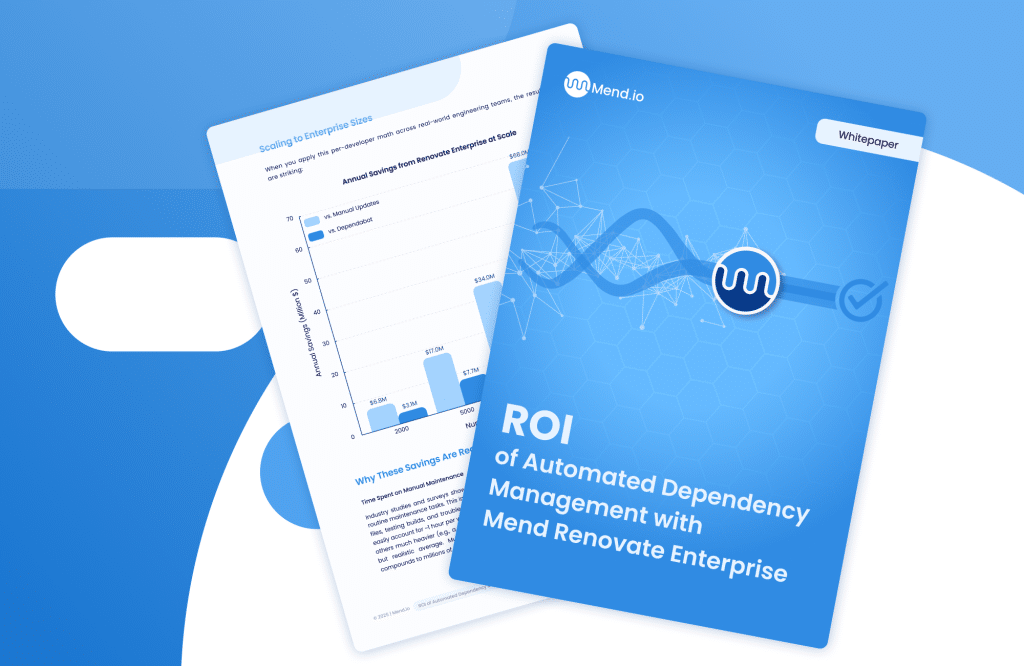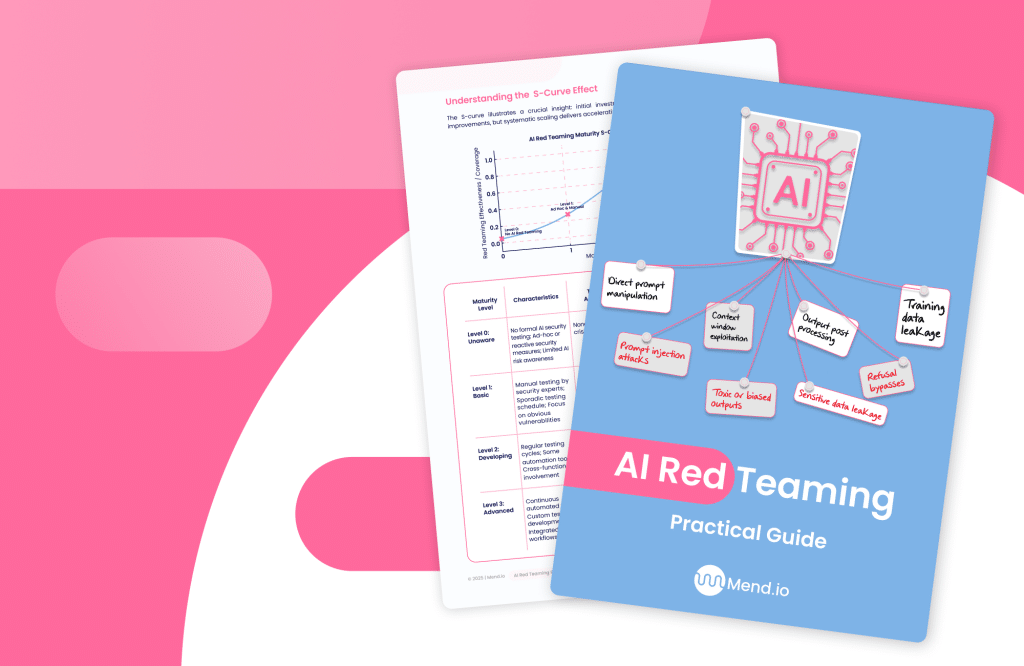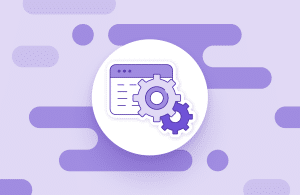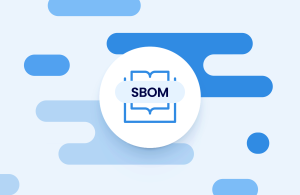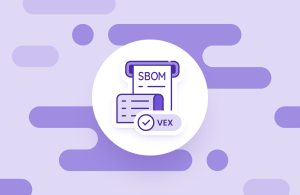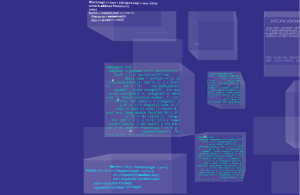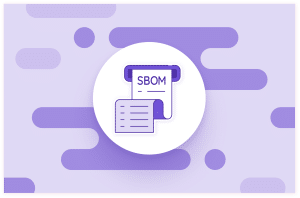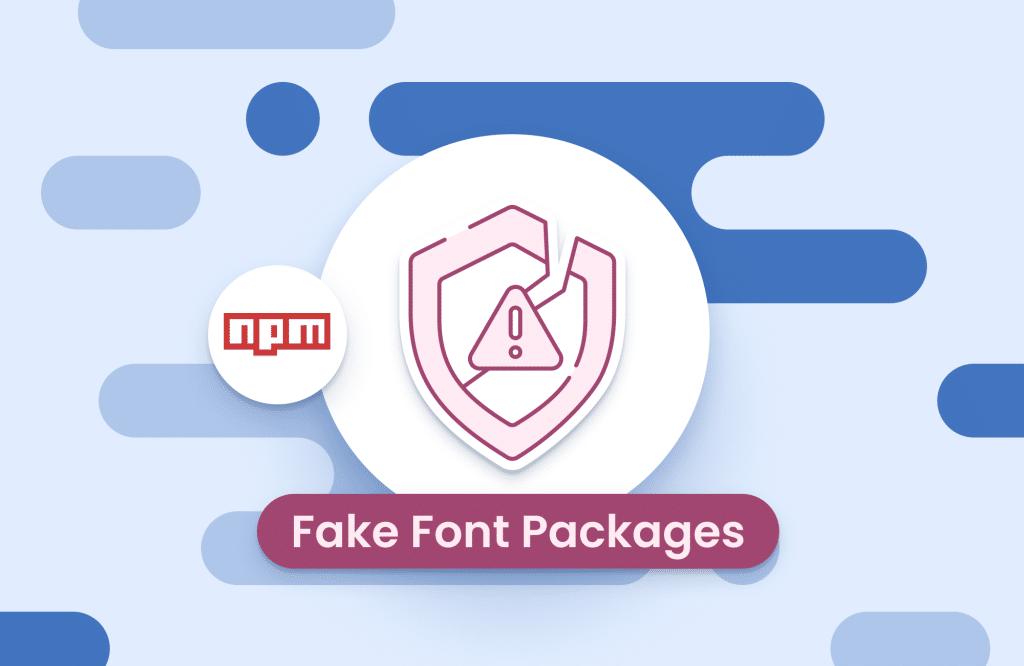Table of contents
Why an SBOM Audit is Vital to Application Security and Compliance
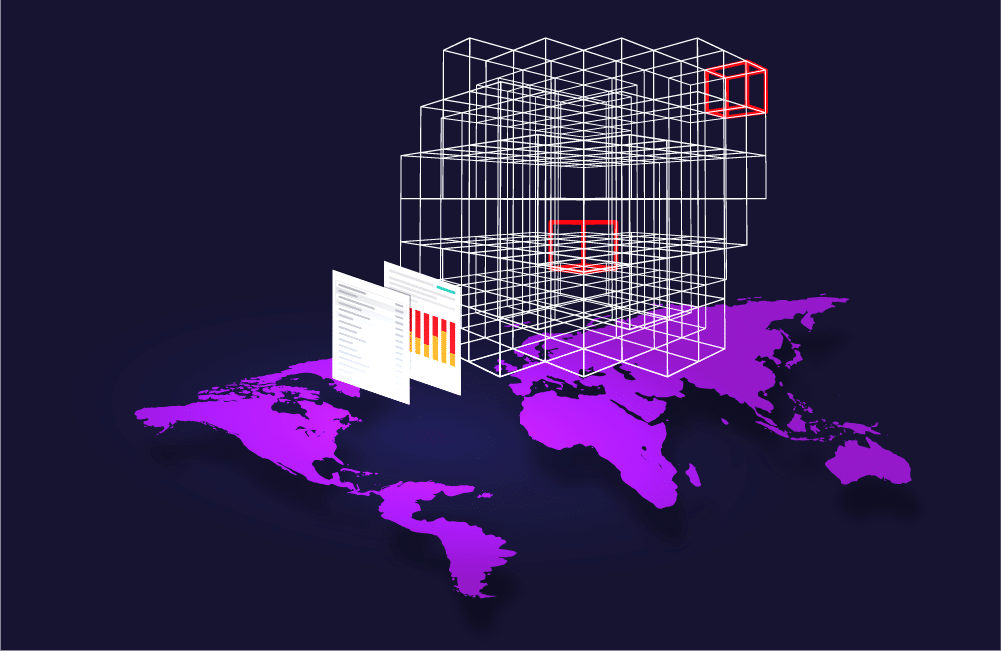
Attacks targeting the software supply chain are accelerating. According to the Mend Open Source Risk Report, malicious package publications steadily increased throughout 2022, jumping by 79% in Q3 alone. ENISA (European Cybersecurity Agency) has forecasted that supply chain attacks will quadruple by 2022.
High-profile breaches — including Log4j, SolarWinds, Kaseya, and Codecov — have shown just how devastating software supply chain vulnerabilities can be. In response, governments worldwide are now mandating tighter security controls, including SBOM audits as a central compliance requirement. This article is part of a series of articles about SBOM.
The government push for SBOM audits
In the U.S., Executive Order (EO) 14028 mandated stronger software supply chain protections. Subsequent directives from the Executive Office of the President called for software bills of materials (SBOMs) as foundational to secure software development.
The Cybersecurity & Infrastructure Security Agency (CISA) supports SBOMs as a practical method for identifying vulnerabilities, ensuring transparency, and enabling efficient SBOM audits across government and commercial environments.
What is an SBOM and why is an SBOM audit important?
A software bill of materials (SBOM) is a detailed, machine-readable inventory of the components—open source, proprietary, and third-party—that comprise an application. Just like a manufacturing BOM lists physical materials, an SBOM lists digital ingredients.
Why SBOM audits matter
An SBOM audit involves examining this software inventory to ensure:
- Accurate documentation of all components and dependencies
- Alignment with security policies and licensing requirements
- Prompt identification and remediation of vulnerabilities
Without regular SBOM audits, organizations risk running insecure or non-compliant code, leaving themselves vulnerable to attack or legal exposure. However, top software composition analysis (SCA) tools are actually doing on-going monitoring and reporting on SBOMs.
The 3 key SBOM benefits of regular SBOM audits
1. Reduces Software Supply Chain Risks
An SBOM audit helps identify hidden third-party or open source components that may contain malicious code or unpatched vulnerabilities. Without visibility, organizations can’t defend against embedded threats.
2. Improves Compliance Posture
Compliance frameworks like Executive Order 14028, NIST Secure Software Development Framework, and FDA cybersecurity guidance now require SBOMs as part of secure software practices. Auditing SBOMs helps ensure:
Readiness for government and third-party audits
Proper open source license use
Conformance with internal and external software usage policies
3. Increases Customers Stakeholder Confidence
Buyers and regulators are increasingly demanding proof of secure software. Providing a recent SBOM audit report can demonstrate transparency and diligence, supporting both commercial sales and M&A due diligence.
Challenges with traditional SBOM audit methods
Manual SBOM management (e.g., via spreadsheets) makes it hard to scale or maintain accuracy. Key limitations include:
- Version control chaos: Shared documents are hard to update and track
- Incomplete visibility: Many tools lack support for modern stacks and deep dependency analysis
- No remediation context: Some tools identify issues but provide no path to resolution
These gaps make traditional SBOM audits slow, error-prone, and often ineffective.
What should an SBOM contain for effective auditing?
A high-quality SBOM ready for audit should include:
- Component names, versions, and licenses
- Dependency relationships (including transitive dependencies)
- Source origin and authorship
- Open source vulnerabilities and patch status
- Open source license compliance
- Timestamps and generation metadata
To meet modern audit requirements, SBOMs should be generated in machine-readable formats like SPDX, CycloneDX, or SWID, and include automation support.
SBOM audit best practices
Conducting an effective SBOM audit involves both generating accurate data and evaluating it systematically. Best practices include:
1. Automate SBOM generation
Use a tool that supports automated SBOM creation in real-time. Manual methods are error-prone and non-compliant with EO 14028 and other mandates.
2. Use continuous monitoring and remediation
Audit-ready SBOM tools should:
- Continuously monitor for new vulnerabilities
- Offer guided or automated remediation
- Detect issues in both upstream and downstream components
3. Ensure broad language and ecosystem coverage
Choose tools that support your full software stack—otherwise, audits may overlook critical components.
4. Prioritize audit-ready reporting
Your SBOM tool should produce reports that are:
- Easily shareable with customers or regulators
- Machine-readable
- Compliant with regulatory frameworks
How Mend SBOM can help
Mend SBOM is a modern, remediation-centric tool that can help you implement SBOMs and ward off supply chain attacks. It focuses on the open source components of your supply chain and provides deep inspection that allows you to identify vulnerabilities in your applications.
With Mend SBOM, you can swiftly and easily produce a software bill of materials that reveals all open source libraries, tracks and documents direct and transitive dependencies, and automatically updates whenever a change is detected in any component. If it discovers a vulnerability, the tool recommends a safe remediation path that ensures no breakages to the build.
It’s the tool you need to automatically generate accurate and comprehensive SBOMs and take your application security to the next level.
FAQs
Why should you use a Software Bill of Materials?
An SBOM should be used as part of any comprehensive software and application security strategy, as you seek to safeguard your code. It should also be used as part of any response to RFPs to demonstrate robust compliance and security. In increasing cases and contexts, potential purchasers make it a prerequisite for vendors to supply an SBOM. Typical use cases for SBOMs are:
- Vulnerability remediation. SBOMs enable you to check for and identify vulnerabilities in your applications and software. When notified about a vulnerability, you can use the SBOM to find all instances of the affected software and patch the problem.
- Regulatory compliance. Governmental, public sector organizations and heavily regulated industries like healthcare and finance may require vendors to demonstrate that they deliver secure products. Often they require an SBOM as a part of the purchasing process.
- Merger and acquisition due diligence. An SBOM helps demonstrate that a potential acquisition is sound both in terms of its capabilities and its compliance.
Who needs an SBOM?
Any organization that uses or develops, produces, purchases, or operates software and applications will benefit from an SBOM.
Is SBOM mandatory?
Increasingly, yes. Based on the guidelines of the White House Executive Order (EO) 14028, U.S. agencies will be required to obtain from their software producers SBOMs and documented processes to validate code integrity. Other governmental and legislative bodies are following suit internationally in efforts to secure the software supply chain, also industries handling sensitive data, like healthcare and finance, and any companies conducting M&A activity, or those trading as public companies.
What is the difference between an SBOM and CBOM?
An SBOM focuses on all of the software components (including open source components) in the codebase, as well as components, dependencies versions, patch status, and licenses. A Cybersecurity Bill of Materials (CBOM) also includes a hardware bill of materials together with an SBOM.
